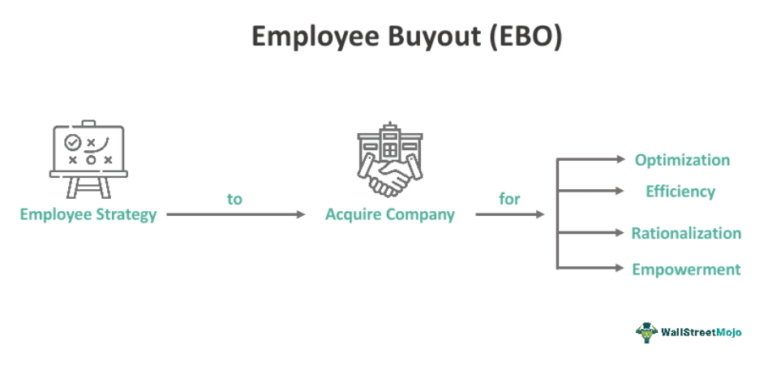
Audience
- Sentiment: Neutral
- Political Group: Conservative
- Age Group: 18-34
- Gender: All
Overview
- President Trump imposes a 25% tariff on auto imports, semiconductors, and pharmaceuticals to encourage domestic production.
- The tariffs aim to balance trade by motivating consumers to buy American-made products, potentially affecting consumer prices.
- The article discusses the broader economic implications of tariffs, including potential trade wars and the impact on various industries and everyday consumers.
Trump’s Tariffs: What They Mean for America and You
When President Donald Trump announced his plans to impose a hefty 25% tariff on auto imports, as well as on semiconductors and pharmaceuticals, he stirred up quite a buzz across the nation. Tariffs are essentially taxes on imported goods, and they can significantly impact not only businesses but also everyday consumers like you and me. It’s essential to understand what these tariffs mean, how they might affect us, and why the government is making these decisions.
What Are Tariffs?
First off, let’s break down what a tariff is. Imagine you wanted to bring your favorite snack from a different country into your school. If your school charged you an extra fee for that snack, that’s kind of like a tariff. Governments use tariffs to regulate trade between countries by making imported products more expensive than locally produced ones. This can motivate consumers to choose domestic products, boosting local economies and jobs.
For example, when the U.S. imposes a 25% tariff on imported cars, a vehicle that originally costs $20,000 would now cost $25,000 due to the additional charge. This might steer people toward buying cars made in America, which is what the government hopes to achieve. But it can also cause some significant ripple effects through the economy.
Why Now?
But why has Trump decided to impose these tariffs now? The answer lies in his desire for balanced trade. The U.S. imports more goods than it exports, which means we are buying more from other countries than we are selling to them. Trump feels that this imbalance can harm American workers and industries, contributing to job loss and economic decline in certain sectors.
In the past, many manufacturers moved their operations overseas to save money on labor and production costs. While this has allowed companies to offer cheaper products, it also meant that many American workers lost their jobs. By imposing tariffs, Trump hopes to encourage companies to bring their manufacturing back to the U.S., a process known as “reshoring.” This is a big part of his strategy to revitalize the economy and create more American jobs.
Who Will Be Affected?
So, what industries will feel the impact of these tariffs? First, let’s look at the automotive industry. Because many of the cars sold in the U.S. are made in countries like Japan, Germany, and South Korea, these tariffs could raise the price of new vehicles for consumers. This means that parents looking to buy a new car for the family could see an increase in prices, squeezing their budgets even tighter.
Then there are semiconductors—tiny computer chips that power everything from smartphones to refrigerators. Many companies rely on these chips, which are often manufactured in Asian countries. With a 25% increase in costs due to tariffs, companies might face tougher decisions: Do they absorb these costs or pass them onto consumers? This could lead to higher prices for electronics, which will impact everyone, especially students who rely on technology for schoolwork and recreational activities.
Pharmaceuticals are another significant area affected by these tariffs. Many American companies rely on foreign manufacturers to produce their medicines at lower prices. If tariffs increase the cost of these drugs, it could lead to higher health care costs for families. Imagine a world where people are forced to choose between paying for essential medicines or paying for groceries. That’s a real concern with these tariffs at play.
The Global Ripple Effects
But the effects of these tariffs won’t just stop at our borders. Other countries might retaliate by introducing their own tariffs on American goods. For instance, if European countries decide to impose tariffs on U.S. agricultural products, American farmers could suffer as their exports become more expensive for foreign consumers. This back-and-forth could throw international trade relationships into turmoil, potentially leading to a trade war—a situation where countries keep raising tariffs on each other and the costs of goods keep climbing.
Consumer Prices and Choices
Now, you might wonder, “What does this mean for me, a regular high school student?” Well, think about what you buy every day. If you’re planning to buy a new smartphone or laptop, the prices may rise as companies adjust to the new tariffs. If you love experimenting with gadgets or just like to stay connected with friends, this means you’d have to fork out more money or push your purchase to a later date.
Additionally, if your family needs a new car, they might reconsider their options or even keep their old car for a little longer. You might also hear more conversations at home about budgeting and saving, as families adjust to the increased costs of everyday products.
A Bigger Picture
Ultimately, the tariffs reveal a broader picture concerning the U.S. economy and its place in the world. The delicate balance of trade affects everyone—from high-ranking CEOs to students like us. The goal of these tariffs is both noble and ambitious: to bring manufacturing back to the U.S. and create jobs. However, the potential for increased consumer prices and international tension complicates the issue.
As we reflect on these developments, it’s crucial to be aware of the debates surrounding tariffs. Some economists argue that while tariffs may protect some American industries, they can also harm others and lead to job losses in sectors that rely on trade. Others feel that the long-term benefits of manufacturing jobs outweigh the short-term challenges posed to consumers. It’s a complicated issue, and political opinions vary widely.
Conclusion
Whether you agree or disagree with the decision to impose these tariffs, one thing is certain: the changes brought on by these policies will affect us all in one way or another. As we navigate the ever-changing landscape of our economy, it’s essential for young people like you to stay informed. Understanding these economic decisions today can empower you as future voters and leaders in our society.
So, what do you think about President Trump’s plan to impose tariffs? Do you think it’s a good idea for America, or do you believe it will hurt consumers in the long run? Share your thoughts in the comments below!





